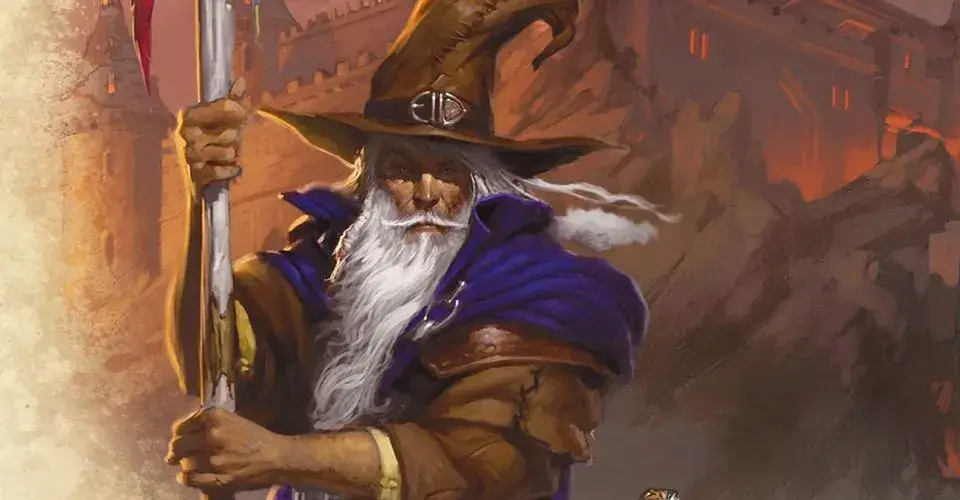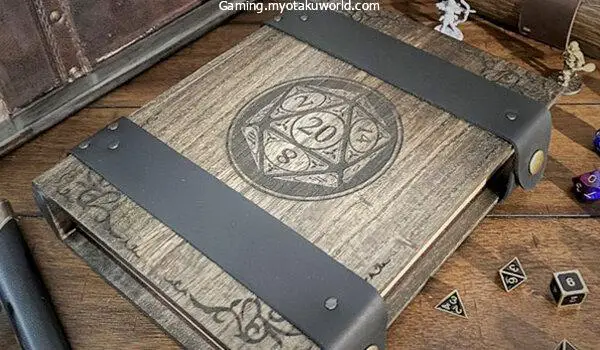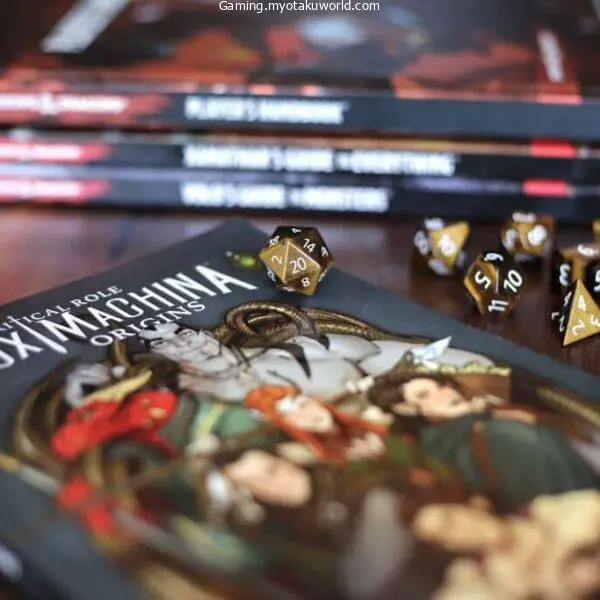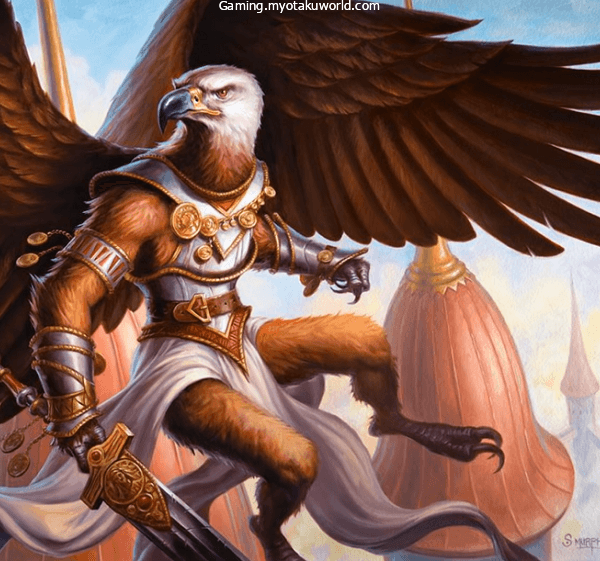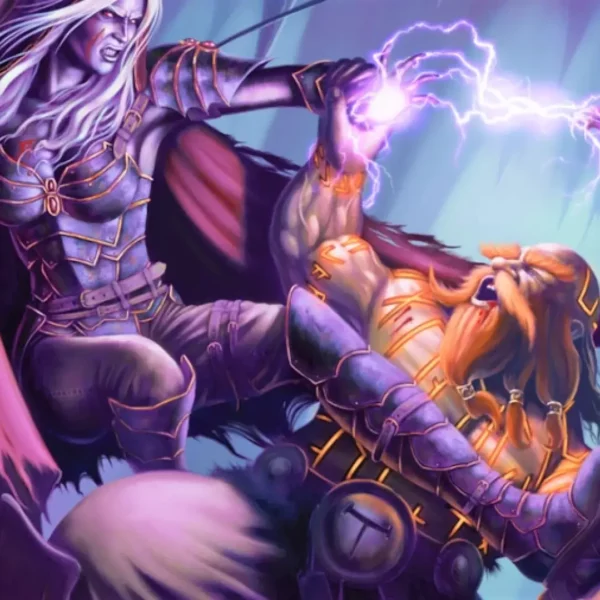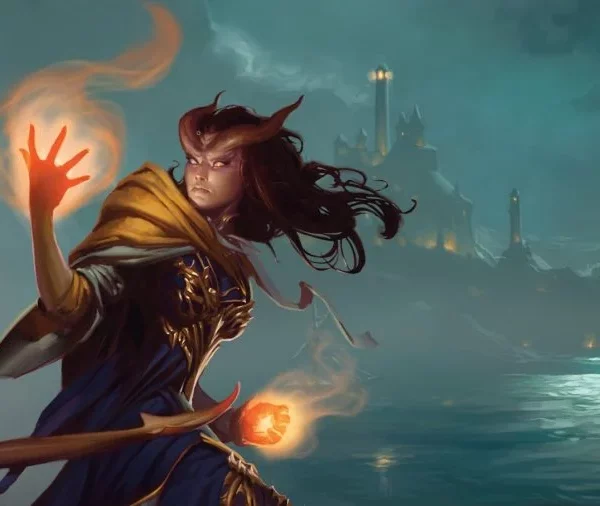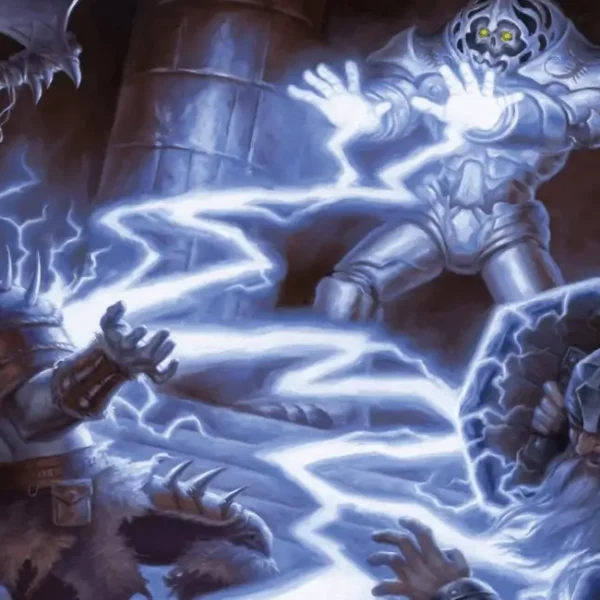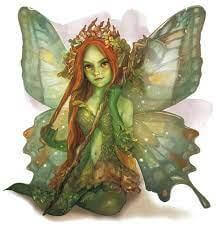In general, D&D 5e shows what the maximum class HP should be.
They’re the same “kinds of dice” you’ll see in every game; however, specific side dice are employed for Hit Dice of specific classes.
It is directly related directly to the Hit Dice which is one of many ways in which Wizards of The Coast decided to divide the classes into their various duties.
Your class will receive at least one of four kinds of dice to roll:
- D6/lvl for the squishy-squishy caster (sorcerers as well as wizards).
- D8/Lvl scrappy milliners (Bards, Clerics, Druids, Monks, Rogues, and Warlocks).
- D10/lvl to deal with frontline damage (fighters, Paladins, and Rangers).
- D12/Lvl is a requirement for Barbarians due to the fact that Barbarians should not be allowed to live; they’re too angry.
For clarity When I’m referring to something with dXX, that’s what you’re supposed to be rolling.
For example, a die d20 is a die that has 20 sides A d8 is the 8-sided die, and so on.
For most players, this could appear to be unnecessary, but I’m sure that there are at least a few younger players who have got a glimpse of the future.
Now that we have that done now, let’s dive into the details!
Hit Dice At Level 1
When you’re creating characters, Hit Dice is not too difficult to make.
To determine health at Level 1, you must take the maximum hit dice (for the d10 it’s 10) and then add the constitution modifier.
For our Level 1. Fighter having a total constitution of 12 (+1) the initial hitting points are 11.
Hit Dice At Level 2 (And Beyond)
Once you’ve reached a certain level, things begin to become more complex.
This is mainly because you have the option of choosing.
Try to increase your HP by rolling classes’ Hit Dice, or go for the more secure, however less expensive, route of using the median adjusted.
Here’s how both options could be for that Fighter who is advancing to Level 2.
Adjusted Median To determine your class’s adjusted median, all you need to do is to take your classes. Hit the dice, half it, and then add one.
For a fighter that has a hit dice base of d10, by halving it, you would leave you with 5 plus one. This is 6. Thus, d10 classes come with an adjusted median of six. Easy!
As you level up, you’ll take the adjusted median and include your constitution modifier, which in our case is +1. So our fighter gains 7 health when he levels up.
Rolling for health: This is the riskiest strategy. Instead of using the adjusted median, roll your dice. Dice and the number that you get is the one you apply your constitution modifier to.
If you roll a 1? Sucks, enjoy your 2 health on level up. If you’re rolling a 10? Well, you’ve gained four more health that you could have gained by playing the safe way.
It’s safe to say that playing for health is not worth the risk.
The next couple of paragraphs will provide a closer review of Hit Dice and the actual mathematical reasoning behind why you should roll to improve your health.
The Game Theory Behind Hit Dice Rolls

Use the more secure roll, or aim for something more.
If you are in any class that is with a d6 or a d8 (with the adjusted medians being 5 and 4 and 5) never take the roll. There’s no gain, and also too much to risk.
Your wet napkins will require every hit point you can find.
For d10s or d12, you lucky brats aren’t the most ill-advised idea to get the roll. This is why.
Simply put, with greater hit dice numbers, you stand a better chance of getting significant hit points from rolling the dice.
D6 classes have a 1/3 (.33) chance of getting two HP or more, while d8 is the equivalent of 3/8 (.37) of getting 3 HP or more, and d10 has two-fifths (.4) of getting upwards of 4 HP, and d12 has five/12 (.42) of getting as much as 5 HP.
For the Barbarian with the highest odds, around half of the time that you level up, you’ll experience benefits if you decide to roll.
This is the place where the game theory comes into.
Does it make sense to risk it?
Let’s suppose you play the Barbarian until you reach level 13. If you have an ideal d12, you’ll choose one side to roll each time you level up.
Our barbarian is a constitutionalist with a number of 10,0 (+0) to simplify the math to explain, so here’s the way to figure out what a level-up could look like using statistics-based average roll (left) in comparison. Using an adjusted median (right):
| Rolling | Adjusted Median |
|---|---|
| Lvl 1: 12 HP | 12 HP |
| Lvl 2: 13 HP | 19 HP |
| Lvl 3: 15 HP | 26 HP |
| Lvl 4: 18 HP | 31 HP |
| Lvl 5: 22 HP | 38 HP |
| Lvl 6: 27 HP | 45 HP |
| Lvl 7: 33 HP | 52 HP |
| Lvl 8: 39 HP | 59 HP |
| Lvl 9: 47 HP | 66 HP |
| Lvl 10: 56 HP | 71 HP |
| Lvl 11: 66 HP | 78 HP |
| Lvl 12: 77 HP | 85 HP |
| Lvl 13: 89 HP | 92 HP |
It is evident that even in the event that the scores are fairly close.
The possibility of having some levels essentially a step below HP is extremely difficult to accept.
Don’t hinder yourself from becoming the chaotic goblins that we often wish to be. Perhaps you’ll be able to defy the odds and become the legendary thirteenth-level Barbarian with 156 health.
As with everything else in D & D, the slightest bit of luck can be a big help. However, remember that even with the greatest possible odds, you’ll end up slightly behind the person who took a risk.
Hit Dice & Multiclassing
The most confusing error in Hit Dice is Multiclassing.
Let’s suppose our character decides not to roll and is currently at level 4 (with 32 HP), close to advancing and reaching level.
He is reading this article and likes the idea of higher HP instead of less, so he talks with the DM about a switch to Barbarian.
The strength of his character is enough and makes sense for the character, therefore the character levels up. What is his overall level?
Although we’d classify the character in the form of Fighter 4 Barbarian 1, it’s still a 5th-level character overall. Plus, he gets the higher efficiency bonus that it comes with.
In terms of determining health, it’s the same thing as if you had taken a barbarian this entire time.
You can either roll or use the adjusted median and then you can also add your personal constitution. The cautious player chooses to stay clear from rolling (coward) and has 40 HP.
In essence, Hit Dice are a way of expressing the complicated and mysterious concept of health.
They will become more useful as you utilize them.
The easiest method to gain a solid understanding of their workings is to make an entirely new character. So let’s get rolling!
Hit Dice Live Example
The glory of hit dice doesn’t end when you’ve leveled up! You can also use them for short breaks to recover health and make that lengthy dungeon feasible to survive.
Let’s choose one of our characters at level 5. we created earlier. He’s got the hit dice of 4d10+1d12 (4d10 from four levels of Fighter and 1d12 from one degree of Barbarian).
He uses a spear in the chest while fighting the skeletal mob. his team takes a short break in order to let him go.
The camp is set up for an hour, and then you get the opportunity to decide which number of hit dice to play.
The spear inflicted 16 damages that you shouldn’t take into the next room in the dungeon.
Yet, at the same time, you’re not sure what else could be inside the dungeon and you aren’t sure if the skeletons were indeed the ultimate boss.
Before rolling it, you must declare the number of dice you plan to roll. You should therefore play it safe with 1d10+1d12 and get 1d10+1d12 plus our con modifier of +1 per the number of dice that you throw.
You’ll have 3d10 Hit Dice you can be used on the subsequent short break.
Don’t spend too much money.
The dice that you roll refresh after a lengthy rest. The downtime of one hour is extremely uncommon, and dead characters aren’t able to make use of hit dice since their rest lasts forever.
What Does “More Health” Look Like?
It’s a tough problem to answer during a game.
There was no gain in weight or size, making the comparison hitless and devastating. You didn’t gain better armor that shields you from being hit by bullets… Therefore, why are you so difficult to take down?
The way I’ve decided to look at it is that the character becomes more proficient at what they do, which is, which makes their class suffer less damage.
For instance, Monks could be able to better divert the force of an attack.
Or maybe wizards have more concentration and the damage is felt as less or something like the way it feels.
The most important thing to remember is that when your HP increases, the same attack does more damage.
Therefore, the reason behind increasing your health to a certain level could be because your character is more skilled at coping with hurt.
The end result is that the character sheet serves as the way that gamers visualize the intricate nuances of our protagonists.
The numbers aren’t really present in their own world.
Above all Do it to have fun.
Speak to your DM and get ready to roll the dice!
D&D5e is an extremely streamlined system that is relatively simple.
As you begin to get the scrumptious meat and potatoes that are the main focus of this game you’ll want to take out your PHB and get ready to go rumbling.
